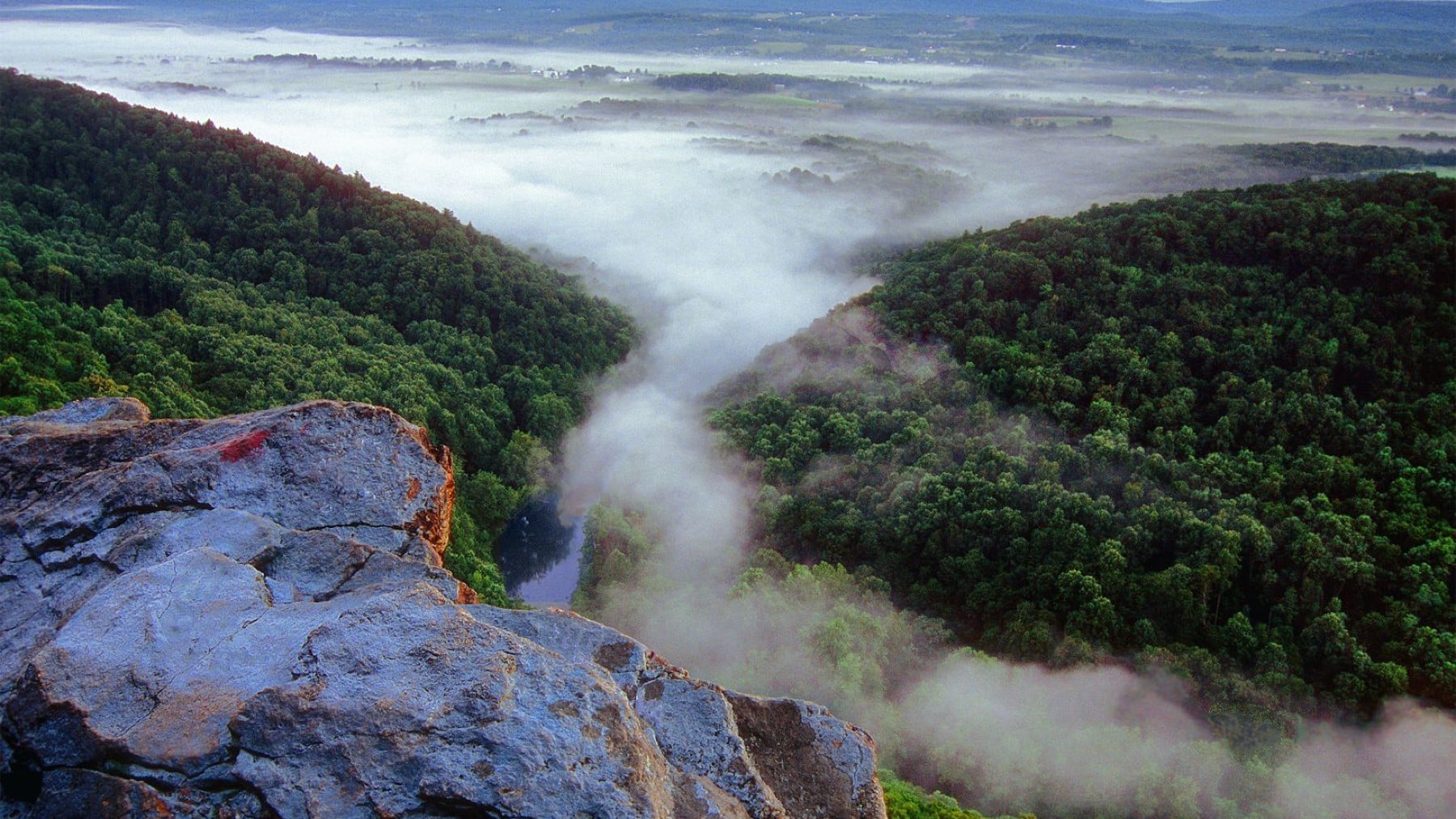America wants to turn this river into energy: $2.1 billion project massively rejected
November 28, 2024

In America, there is a heated debate about a river that wants to be utilised to generate energy. The $2.1 billion project is being rejected massively. Although it’s unclear exactly how and to what degree, a local environmental group intends to oppose a company’s plans to construct a water-based energy facility near the Susquehanna River in southern York County.
Although this project promises clean and renewable energy, there are many external voices and opinions opposing the initiative. Opposition is coming from local communities, environmentalists, and cultural groups. This project in America has stimulated conversations throughout, and people are wondering how it will balance renewable energy supply without damaging nature as a whole.
The Hydroelectric Project’s promises: An ecological energy vision
The hydroelectric project along the Susquehanna River has the objective of extracting renewable energy from one of America’s longest rivers. Initiators believe that this initiative will supply enough electricity to thousands of households, and by doing so, it will reduce fossil fuels and cut power costs for the community while contributing to America’s green environment initiative.
According to a Lancaster Conservancy news release, York Energy Storage has been granted permission by the Federal Energy Regulatory Commission to conduct an impact and feasibility study of their proposal, which would flood 580 acres along the Susquehanna and seize over 1,000 acres of land from landowners. Particularly enticing in light of climate change is hydropower, which is frequently seen as a dependable and effective renewable energy source.
The Susquehanna River’s flow, capacity, and geological attributes make it a suitable resource for this type of project. There are conversations that this project will also open up opportunities for the local community in terms of employment, and the region will be hailed as one of the locations stimulating sustainability, which is a good and appealing thing.
Local opposition and environmental issues: The price of advancement
According to Fritz Schroeder, president and CEO of the Lancaster Conservancy, which owns over 2,500 acres of open space in York County, the project will have a profoundly negative impact on the community, the Susquehanna River, and natural landscape, the organisation stated in a statement. He added that trading our forested river hills for concrete and destruction is not the future we want to leave for the next generation.
The project’s environmental impact is one of the main points of concern. The construction of a dam and associated infrastructure, according to critics, might damage fish populations, disturb aquatic ecosystems, and change the river’s natural flow. For many species, the Susquehanna River is an essential habitat, and any major modifications could have a profound ecological impact.
Additionally, local residents have expressed that there could be potential flooding that could transpire and the loss of natural beauty within the region. Things like the quality of water and wildlife being disturbed are part of the major issues being raised by the local community members and environmental organisers. Native American communities have also objected to this project.
However, developer Bill McMahon contends that the $2.1 billion project upside of more, cleaner, and cheaper electricity will benefit locals and the economy. McMahon is based in Reading. According to the permission, it would emit 1.5 million megawatt hours of electricity each year. Additionally, it would attempt to protect the land rights of almost fifty properties, maybe by using eminent domain (Walter, 2024).
Challenges in economics and policy: A divisive investment
In addition to cultural and environmental concerns, the project has financial challenges. The $2.1 billion expenditure has drawn criticism, especially in light of the growing affordability of alternative renewable energy sources like wind and solar. The hydroelectric initiative’s detractors contend that funds would be better used for less intrusive alternative green energy projects.
According to the permission, the dam would be 9,800 feet long and 225 feet high, with two dikes enclosing it to create a reservoir. It would be accompanied by an emergency spillway that is 50 feet wide and 150 feet long, lined with concrete. A lower reservoir would be built on Lake Clarke. It would take until 2033 or later to finish the project, which was intended to enhance the energy grid for other suppliers.
Search
RECENT PRESS RELEASES
Related Post




